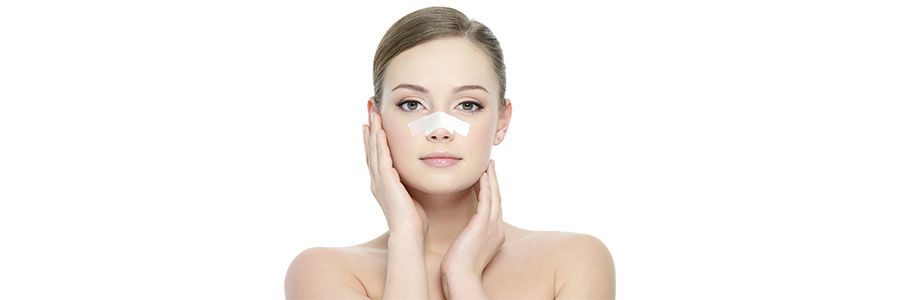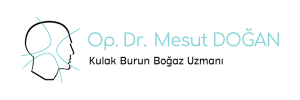Recovery After the Nose Surgery

Firstly, the recovery process is not very painful as much as people imagine.
Patient’s complaints in the first six hours are due to anesthesia. These complaints may be nausea, headache, sore throat and shivering. They could be controlled through medication in time. Tingling nose, toothache forehead pain could occur in the early period after Rhinoplasty. Bloody nasal discharge is also common and normal. Swollen eyelids and under-eye purpleness could be seen in the early period but they are at minimum level through ‘Piezo Surgery’ technique we’re applying nowadays. You will get rid off the swelling in 3 days and purpleness between 7 and 10 days. Through ‘Piezo Surgery’, there is no need for ice treatment but the patient can apply it, it’s not harmful. Under eye cream could also be used. There is no drawback for them.
The most common complaint after being discharged from hospital is nasal congestion. The canals of silicon buffers could be congested because of dried nasal discharge. There are sprays to prevent it.4
The buffers will be removed after one week. After the removal, almost all of the complaints of the patient come to an end. The plasters on the nasal bridge will also be removed along with the buffers and the bandages will be renewed. The complete removal of the bandages will be after two weeks.
After the surgery, eating and drinking is forbidden in the first five hours because of anesthesia. This is a standard procedure for all surgeries.
Liquid and soft food is allowed on the day of your operation. Afterwards, there is no restriction for food.
Things To Pay Attention After Nose Surgery
After the surgery, the patient should lie on the back and upright supported with two pillows in order to avoid edema.
Wearing glasses is forbidden in the first 3 or 4 months. If it’s necessary, glasses should be fixed to the forehead without touching the nasal bridge.
The patient should be careful against impacts.
Your skin may be irritated because of bandages. You can apply skin care for your nose.
It is recommended that you could take shower but not getting your face wet in the first two weeks. After the removal of the bandages, you can freely wash your face and make up.
After the removal of bandages, the patient can freely swim in the sea but not in the pool because of the infection risk and chemicals. Sauna is also allowed after the removal.
The patient can start to exercise after the weeks from the surgery but not heavily.
The nose should be cleaned with salty water solutions after the removal of buffers.
Sprays are used for nasal congestion.
Antibiotics should be used for one week.
Antibiotic creams are recommended for stitched areas on the skin.
The results of Rhinoplasty will be apparent within 6 to 12 months because of edema caused by weak lymphatic drainage of the nose. Veining is at the very least on the nose tip. Therefore, the nose tip heals at the latest. There are some special techniques to reduce edema but we do not recommend because patients tend to apply pressure to nose.
